A Strong Voice in Indiana

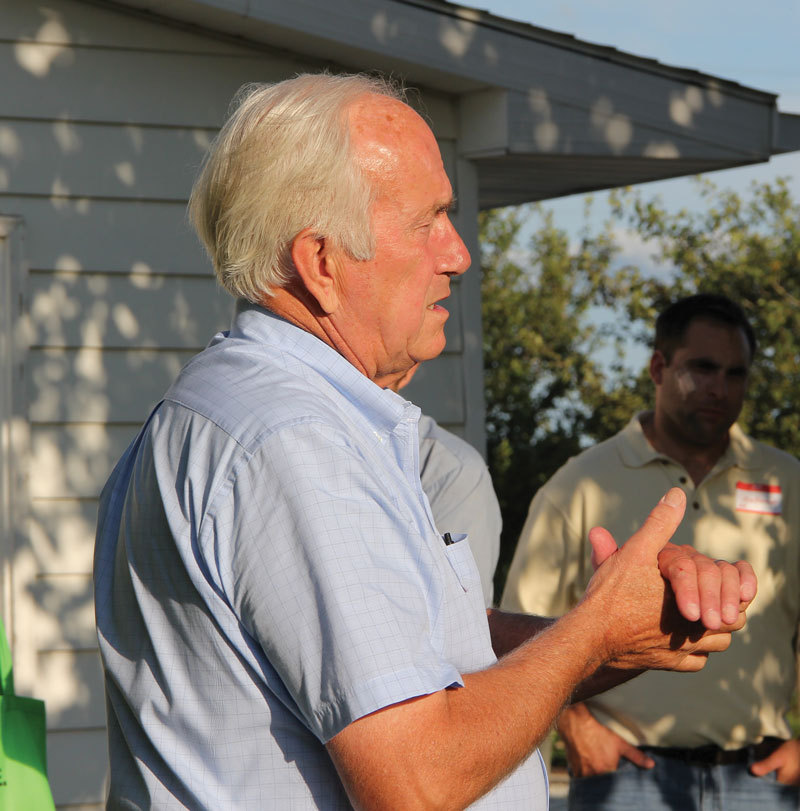
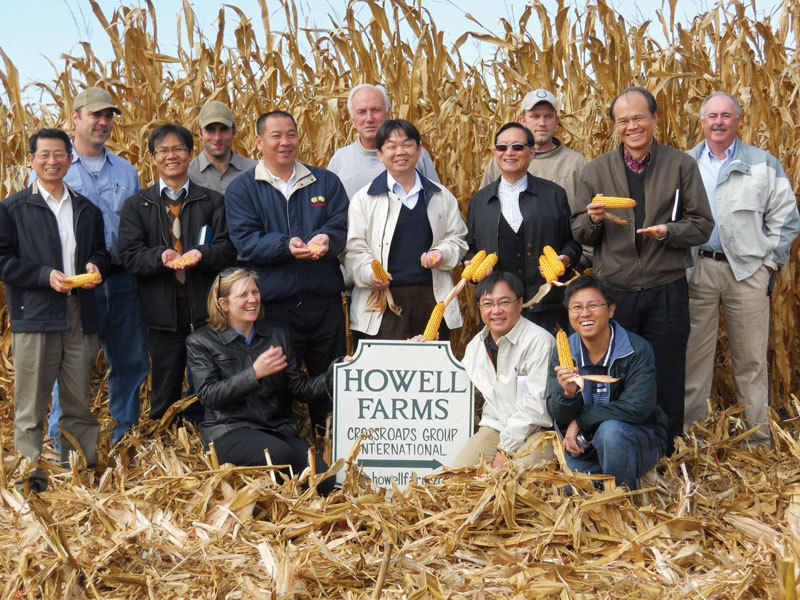
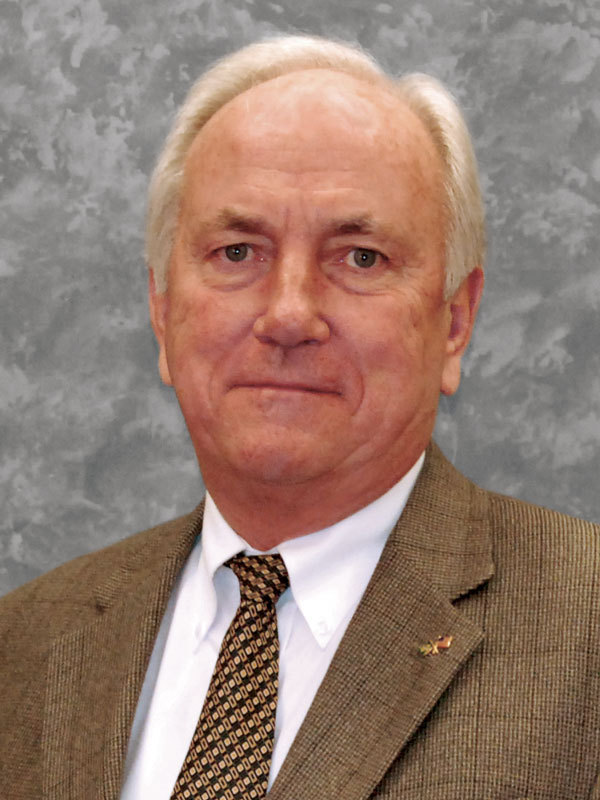
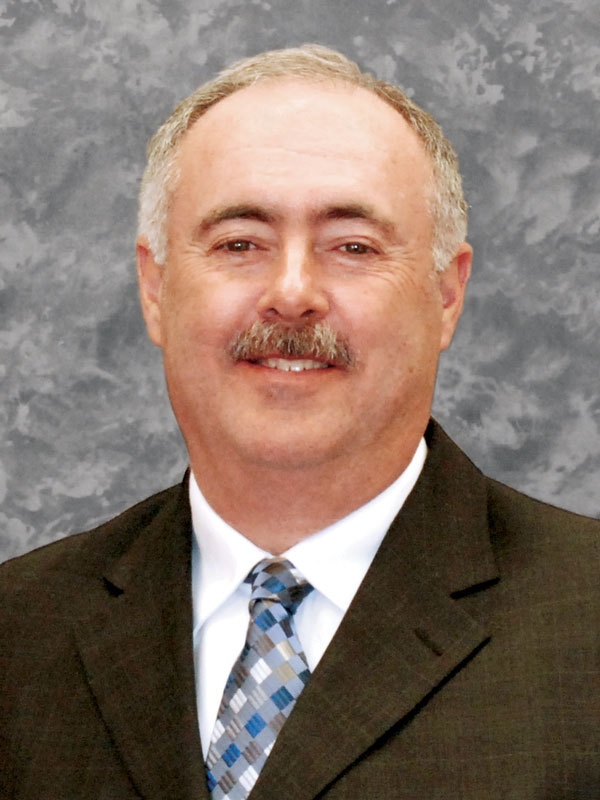
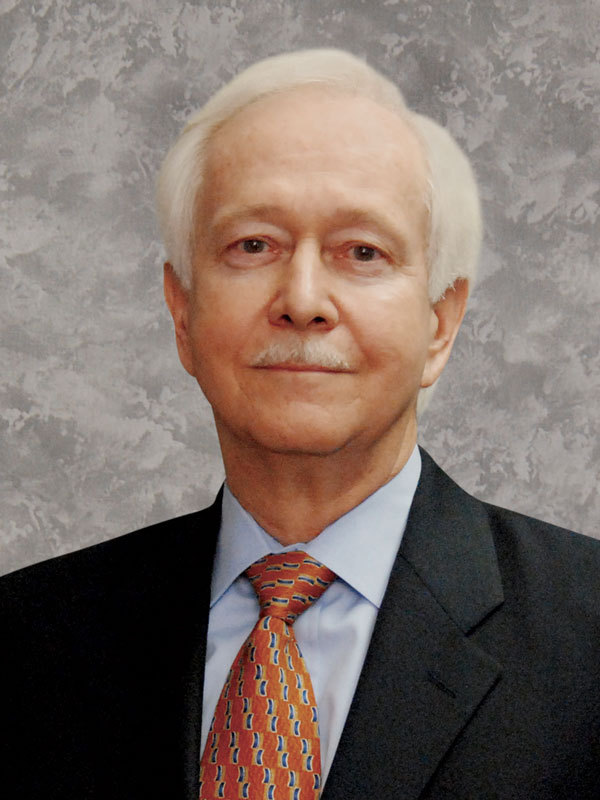
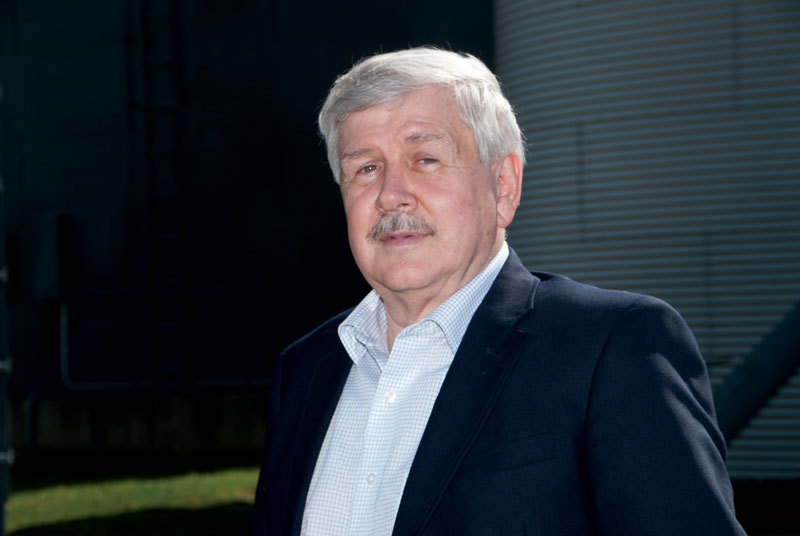
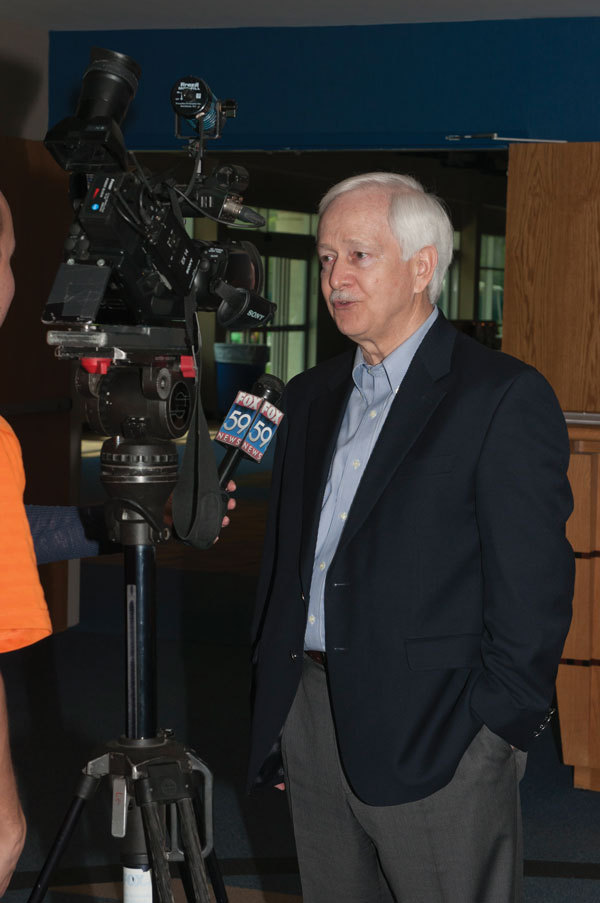
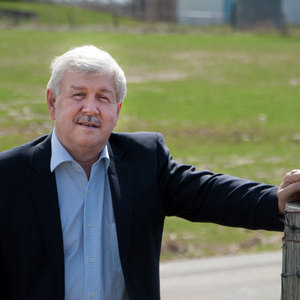
PHOTO: JOHN WRIGHT, MEDIAWRIGHT PHOTOGRAPHY
May 13, 2014
BY Jim Dukart
Advertisement
Advertisement
Related Stories
A coalition of 13 states on April 10 filed a lawsuit asking an appeals court to vacate a final rule that revises the petroleum-equivalency factor (PEF) for EVs, claiming the rule harms ethanol producers and other stakeholders.
The Renewable Fuels Association on April 15 urged the USDA’s National Agricultural Statistics Service to reconsider its plan to stop reporting farm acreage, yield and production estimates at the county level.
Dozens of federal lawmakers are continuing to push the Biden administration to issue emergency waivers allowing E15 to be remain available during the summer 2024 driving season, in line with emergency waivers issued the previous two years.
The USDA increased its forecast for 2023-’24 corn use in ethanol production in its latest World Agricultural Supply and Demand Estimates report, released April 11. The agency also lowered its forecast for season-average corn prices.
On April 121, 15 Iowa retailers asked the Biden administration to issue waivers to permit the sale of E15 during the 2024 summer driving season. Similar emergency waivers were issued in both 2022 and 2023.




